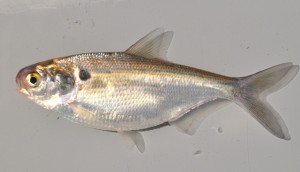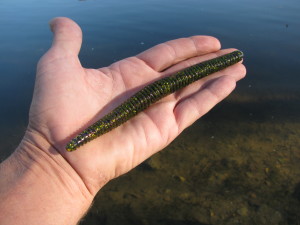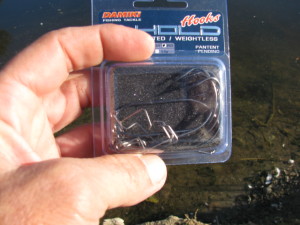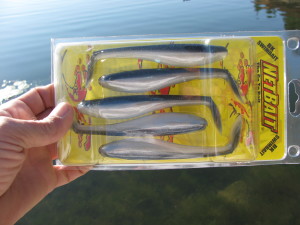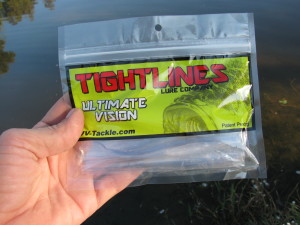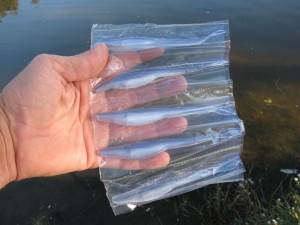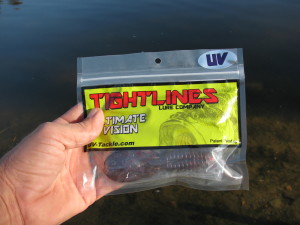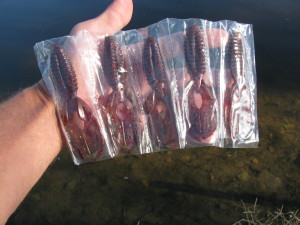It seems as though 2011 has gone by in a blink here at MVF. With all the scheduling that we do as far as testing new gear and getting everything else ready, sometimes things just slip up on you without any forewarning. Such is the case right now. We have been so focused on the changing seasons and getting those lures out that we are testing for cold water bassin’ that it didn’t even occur to me that here in So-Cal, trout season has already begun. What made me aware of it was simply the fact that on my last couple of trips, I managed, on accident, to catch a couple on bass lures!
Yes, this has happened in the past but I can’t remember a time where I was so utterly oblivious to the fact that our local lakes were in the process of stocking. So with that in mind, and my young daughters pleading with me to take them, we got the trout rigs ready to go for the season. Yes, they both chipped in and gave me a hand getting the gear ready.
We have gone over the process we like to use to get our panfish rigs ready for trout season but some of you may not have gone that far back in the archives. So I figured I might as well go over it again since it really is a fairly simple thing to do and if you have children that will be joining you on your fishing trips, in my opinion, they should learn how to maintain your gear so that they have a greater appreciation for the sport in general.
We started the day by stripping the line off of all the spinning reels. I like to use 4 pound P-Line CXX in moss green for the majority of my panfish outings. But, before I re-spool, there are a few things that need to be taken care of.
Once I get the old line off the spool, I remove the reel from the rod and clean both with a mild, all-purpose cleanser like Windex. No, I’m not looking to put a streak free shine on everything but I do want to remove dust, dirt, grease and any other leftovers from the surfaces of my rods and reels. I get out the pipe-cleaners to clean the inside of the guides as well as those hard to reach tight places on my reels. Once that is done, on to the next step.
I clean my cork handles with Simple Green to remove all the oils from my hands as well as anything that has been transferred to the grips by way of handling fish. A simple terry cloth wash towel does a great job of being abrasive enough to scrub them clean without compromising the cork. Then I apply a fresh coat of Armor-All to the grip. I’ve been doing this for years and do believe that it extends the life of the cork. Now that I’m done with the rods and they are back to looking like new, it’s time to dig into the reels.
Spinning reels are fairly easy to clean and lube, so don’t be shy about trying it yourself.
Remove the spool and give those bearings a couple of drops of oil to get ‘em spinning like new. Then, remove the handle and side cover of your reel. You can easily apply a little grease to the gears and a drop or two to the interior bearings without having to disassemble the entire reel. You should, prior to lubrication, take a few minutes and clean the inside of your reel. Put things back together and all you need now is to re-spool with new line, tie on your favorite lure and get out to the water.
I guess that some might consider it overkill but I also like to hit the new line the night before the trip with some KVD Line Conditioner. 4 pound line doesn’t usually present any handling problems but I figure it can’t hurt and, as we said in our review, it does seem to increase casting distance. One thing that I’ve learned over the years is that no matter the target species, the longer you can keep your lure in the strike zone, the more apt you are to get bit! And after all, isn’t that one of the main reasons we all do this?
See ya’ on the water …
